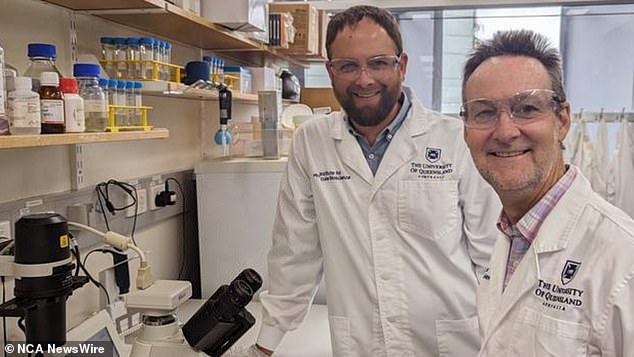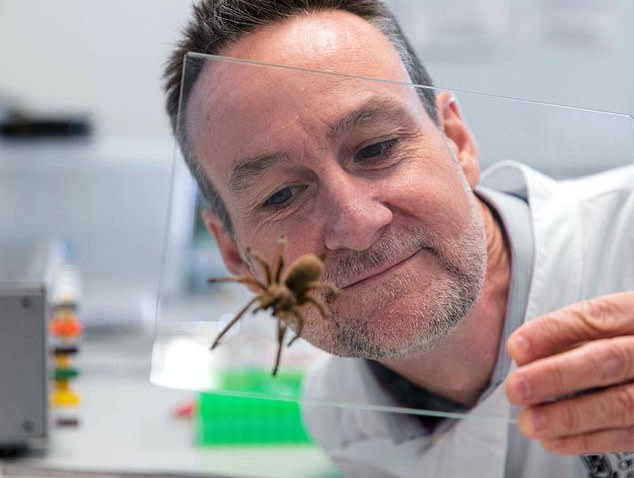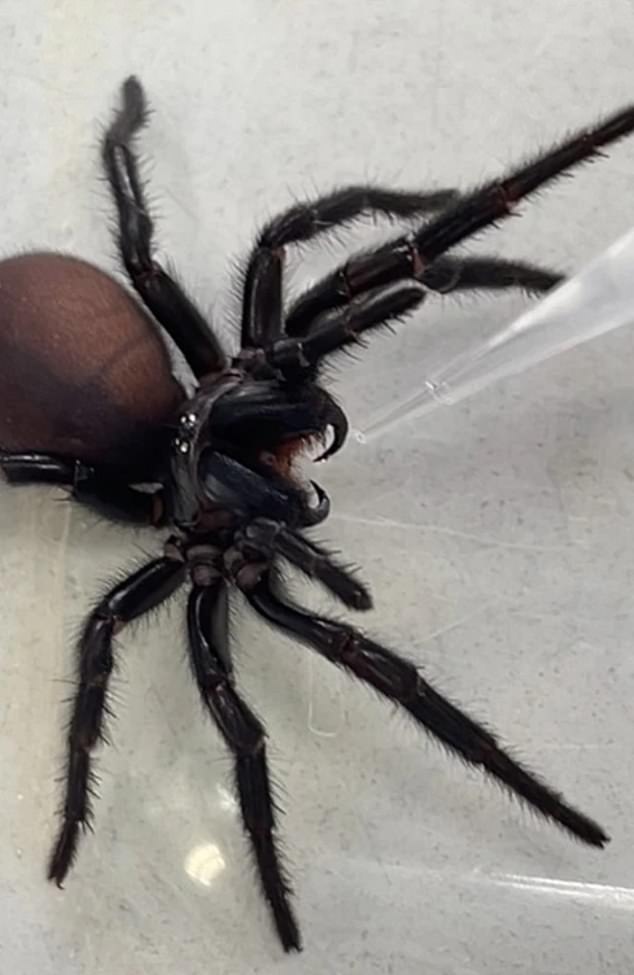World-first Australian research is using funnel-web spider venom to protect the heart during heart attacks.
Researchers at the University of Queensland have received $17 million in funding from the federal government to conduct clinical trials.
Project leader Glenn King says the drug, which mimics venom, has the potential to save thousands of lives each year and “dramatically improve” the quality of life for heart attack survivors.
Around 7,000 Australians die from a heart attack each year, and a total of 55,000 suffer an attack annually. Heart attacks are the leading cause of death worldwide.
Researchers discovered a peptide that protects the heart during surgery and also improves the viability of a donor heart.
Funnel webs have the Hi1a peptide as protection against predators, but in humans, the peptide prevents heart and brain cells from dying. In this research, the spider peptide is synthesized in a laboratory.
The drug has already proven effective in the treatment of stroke.
On Sunday, the Federal Health Minister announced that the government would provide $17.8 million over five years for the development.
Australian researchers have created a drug using a molecule of funnel-web spider venom. Image: Supplied

University of Queensland researchers Nathan Palpant and Glenn King are leading the world’s first investigation. Image: Supplied
“This investment will accelerate the development of the world’s first cardioprotective drug, inspired by a molecule discovered in the venom of an Australian funnel-web spider,” said lead researcher Professor King.
‘This drug has the potential to not only save thousands of lives each year, but also to dramatically improve the quality of life of heart attack survivors by minimizing damage to their heart.
“This government investment will support truly Australian innovation and ensure all clinical and economic benefits return to Australia.”
The next phases of research will include clinical trials with a miniaturized version of Hi1a to develop the first drugs for heart attacks and heart transplants.
Researchers aim to implement the new treatment within 10 years and want first responders to carry it in injection form.
Federal Health Minister Mark Butler praised the innovative researchers.
“Based on a molecule from the venom of an Australian funnel-web spider, this could save thousands of lives,” he said.

Professor Glenn King said the welcome government investment will accelerate the development of the world’s first cardioprotective drug.
‘Heart attacks and cardiovascular diseases are our leading causes of death. These world-first trials will give hope to thousands of Australians suffering from a heart attack or heart failure.
“I am proud that the Albanese government is supporting Australian researchers to take this trip to the moon.” “It has the potential to save lives and improve the quality of life, not just for Australians, but around the world.”
When a person has a stroke, the brain becomes acidic, brain cells die, and brain damage occurs.
A similar process occurs in the heart muscles during a heart attack. The Hi1a peptide blocks a protein that would otherwise cause cell death.
The effect of the Hi1a peptide may translate into helping a donated heart sustain itself longer while the organ is detached from the human body.
Peptide-based medications have been shown to be effective in stroke patients hours after stroke onset.
The Queensland Institute of Molecular Bioscience is involved in the project and Australian bioscience company Infensa will bring the drug to market.

Funnel web venom is very toxic. Image: iStock
Funnel web venom kills humans by keeping their nerves active and firing repeatedly, causing blood pressure, heart rate, and hypertension problems. Without treatment, a bite can become fatal within 15 minutes.
A 2023 study found that none of the Border Ranges, Darling Downs, southern trees or Sydney funnel webs were consistently aggressive against potential predators.
An effective antivenom was developed in the 1980s, but to this day scientists do not have a complete idea of how long funnel webs live in the wild, how much they move, or how males search for females.


